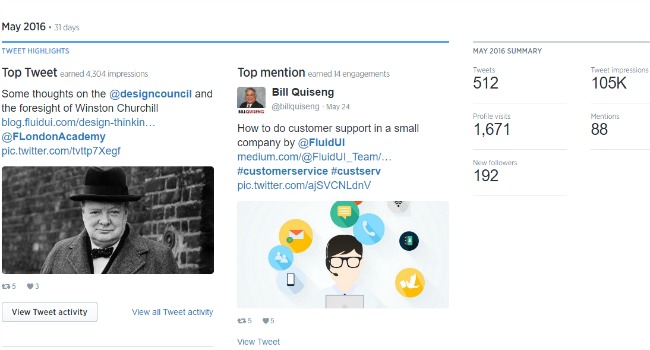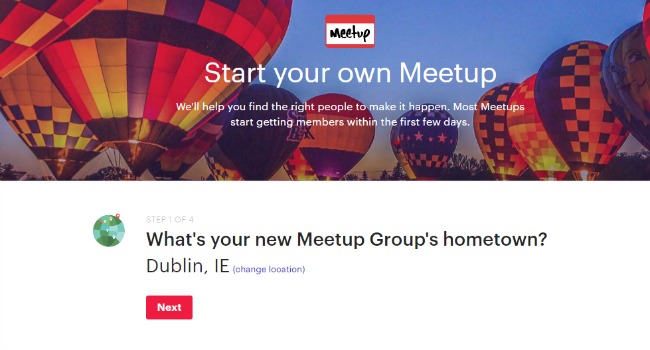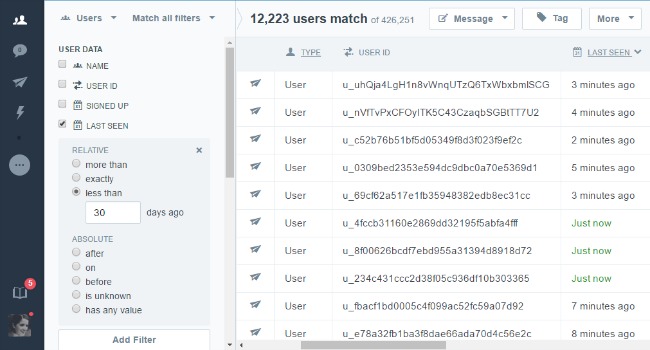In some recent posts we’ve have been talking about product validation. In particular we’ve have been focusing on a leaner method of user research.
Too often marketing can get its hands on usability testing and turn it into a marketing campaign. You need to remember that the primary, secondary and tertiary objectives of user research is to listen to the user, not to try and sell the product. By improving the product/service it will be a lot easier to sell it in the future but you need to separate out these jobs at the start.
Organisations with a mature understanding of UX are aware of this and will not try to mix the two. Organisations who are less mature or have a smaller budget might try to cut corners and squeeze some marketing into the user research space.
This is a mistake. It is also pretty unnecessary. Without inputting any marketing into the user research you are already creating a connection with a potential future user. It is therefore not the time for a sales pitch of any description. It is your chance to listen to your user.
Finding the right participant is only marginally more important than finding participants in general. You can not do user research without users so there is little point wasting valuable time and money trying to set up the perfect research group.
There is no doubt that the results will vary depending on the research group but it is more important to have something to work with.
Also, by doing some preparation at the outset you will be able to get a lot of useful data without much time or expense.

Getting data early on is crucial to getting real insight into the usability of a new product or service. It means that you can input it into your product roadmap as soon as possible.
While some user research experts might advise against using friends and neighbours as participants you need to be realistic. While, they might not be slap bang in the middle of your core demographic they can tell you a lot about the user experience.
In less than 15 minutes you can hand them the app and simply ask them to try it out. Can they sign in? Can they find the sign in button? Is it intuitive. Can they read the text? Are the pages too busy?
What are the benefits of this approach?
It is inexpensive (cost of a cup of coffee) and takes very little time to set up.
The key here is to focus on the big picture. It is also potentially a very advantageous type of research. Although some or even all of the participants may not be in your core demographic, they can provide you with views that you would not have considered and edge cases that will help strengthen the overall usability of the product.
We’re lucky here at Dogpatch Labs in that our friends and neighbours are all tech startups. It’s really handy to have designers and product managers to test Fluid UI as they know exactly what they need and we can take that into account when developing our own roadmap.

It’s not difficult to put out a call at certain social media hangouts or hashtags where you are likely to find people who are in your core demographic. If you are dealing with an online product/service or a new app then you need to find out if the people who will buy it in the future are both able to use it and happy to use it.
In other words there is little point in designing a great solution if no one is able to use it. The importance of getting to people via social media is that it is easier to target types.
What are the benefits of this approach?
It is pretty inexpensive. Probably even cheaper than the cup of coffee that you shelled out earlier. It also puts you in touch with potential users.

So you are moving on and you have some basic feedback on the major usability issues. You have also got a sense of how potential users view the service. Now is the time to put some more money into the testing. One very effective way of doing this is via meetups. It is best to go along to a few and get a sense of how they work (if you are not sure already) and then to set up your own. In this way you can target a very specific audience and you can get them into a room to talk about your service.
While the benefits are obvious, the costs are also getting a little higher. You are going to need to get some food and drink. These people are still relatively inexpensive as you are not paying them but you need to make sure that they feel like they are getting something out of this.
What are the main benefits?
You get a lot of people into one room talking about your service. Not only are they talking to you but they are talking to each other and you will get a lot of valuable and actionable feedback from this group.
As with all of the groups, the key is simple. Prepare in advance and make sure that you know what you want to find out. Go in with an open mind and more importantly open ears, because you are going there to listen. You might have to listen to things that you think are silly or irrelevant or just plain petty. But, you already know what you think. You’re there to find out what others think so sit back, have a beer and listen.

Do you already have the product in the market place? If so, then you can make use of your existing users. Once again, the key here is that you are not engaging in a selling pitch. You are looking for feedback and you are going to spend most of the time listening.
If you do have an existing user base, then simply ask them at the end of a call if they have time to chat about features that you are planning, features that they would like to see.
We have set up a system here at Fluid UI to capture all feature requests from our users as they are using the product and when they are leaving. It is the best user feedback we can get because these are people who used the product for real problems and then found other problems that we could be solving for them if we had the features.
There are a lot of other ways to get participants but they are all very expensive. You could be talking about up to $500 per participant as they will expect to be paid and you will have to pay someone else to find them. The key is to work through iterations and make improvements as you go along. You need to get the balance between research, design and then development. The more time and effort you put into research and design the more successful your development will be.